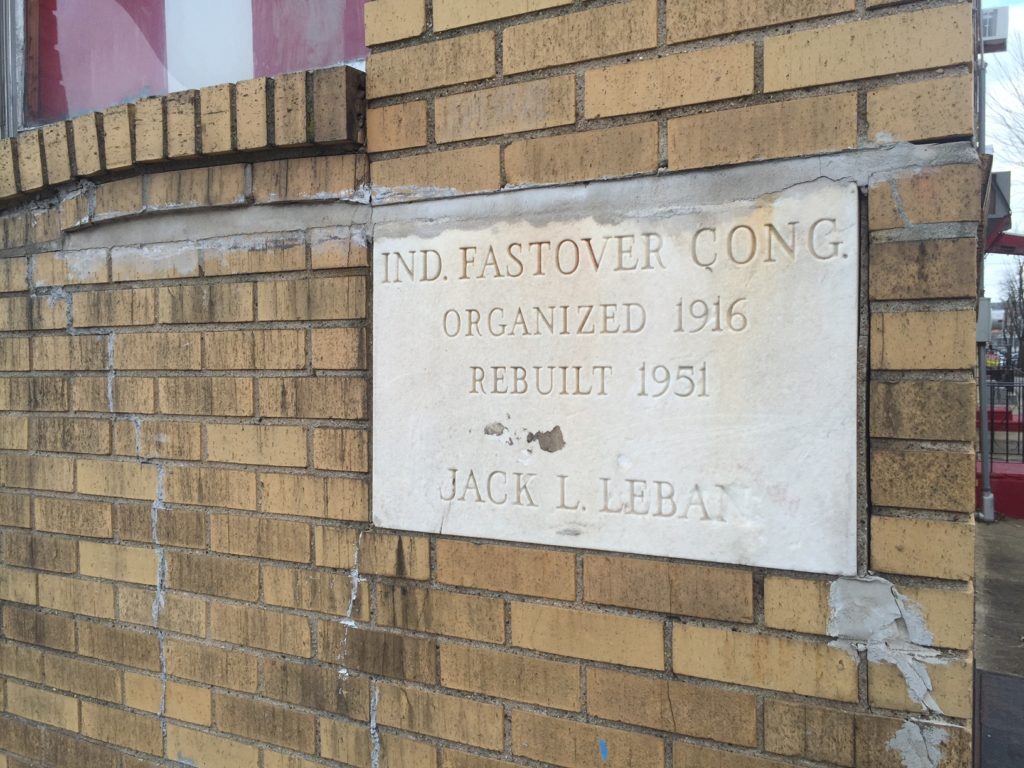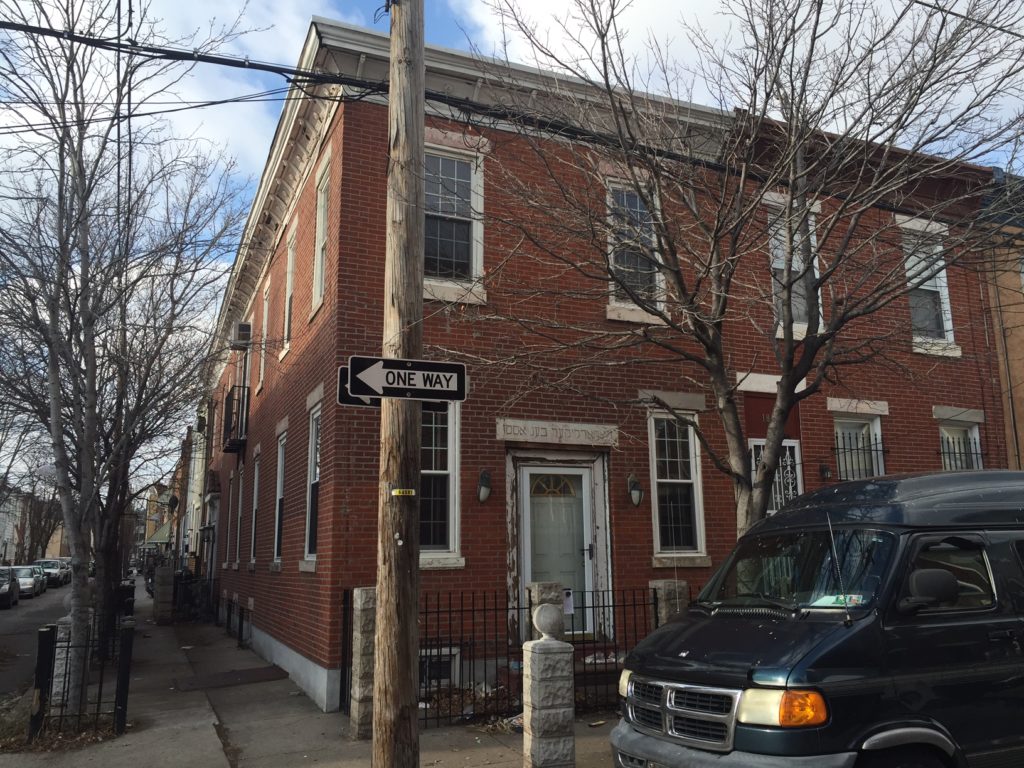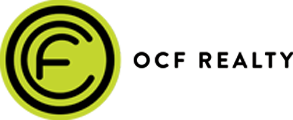Did you know that there was a vibrant Jewish community in South Philadelphia in the first half of the 20th century? Don't believe us? Well, someone wrote a book on the subject, so it must be true. And there's some considerable architectural evidence that backs us up as well. Previously, we've told you about some buildings that were originally used by the Jewish community but have since been reused for different purposes, like the senior housing building at 5th & Moore that was built as Jewish Education Center #1, or the synagogue turned flea market turned apartment building at 6th & Bainbridge, where the current owners inexplicably chiseled away all the evidence of the building's Jewish history. Yesterday, quite by accident, we happened upon a former synagogue at 1826 S. 6th St., a building that was converted into a church a few decades ago.



The building itself is unremarkable, though it does have a somewhat institutional look to it. The inscribed stone on the 2nd floor is what drew our attention to the building, with the corner stone providing a little more information about the congregation's history. Google didn't have a whole lot of additional information about the Fastover Congregation, though a blogger was able to get a tour of the interior and discovered some original details remain inside. A lengthy resource from the 2009 International Conference on Jewish Genealogy provided a little more info, indicating that the congregation merged with another in the 1960s, and then merged again with the Shivtei Yeshurun Congregation in the 1970s. Shivtei Yeshurun still functions to this day on S. 4th Street as The Little Shul, and was used a few years ago as a venue for the Hidden City Festival.
Now let's inject a little mystery into the conversation. Across the street from the former synagogue, on the northwest corner of 6th & Sigel, there's a two-story building that looks like a pretty standard South Philly rowhome. If you look more carefully though, you can see there are Hebrew letters carved into the lintel above the front door. We don't believe this building was used as a synagogue, but instead as some kind of meeting hall.


Aside from the fact that something was organized here in 1910, we've got nothing. Does anyone know anything about this building's history?
